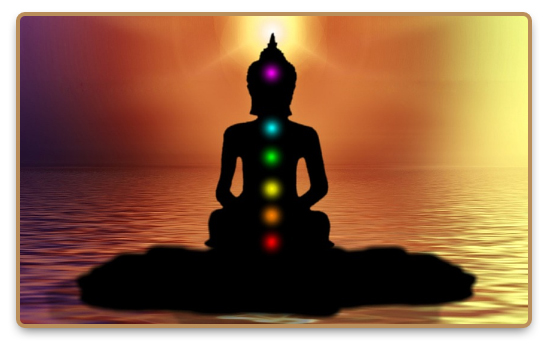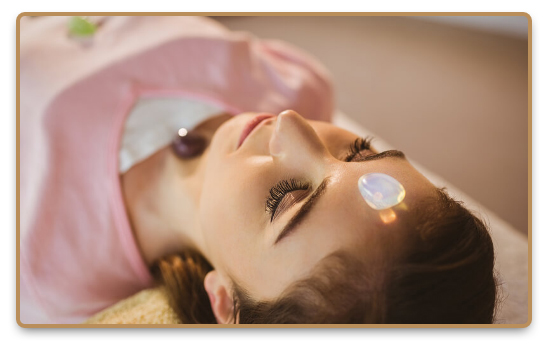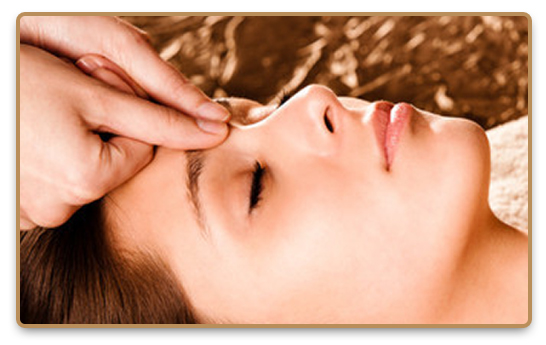
01 Feb Shiatsu: The Japanese Finger Pressure Therapy
What Is Shiatsu?
Shiatsu is a Japanese form of healing that can be roughly translated to “finger pressure”. It can be thought of as a form of massage. Generally, it is a type of body manipulation based upon some of the core concepts of traditional Chinese medicine. It can resemble acupressure. It is among the most popular forms of massage.
The History of Shiatsu Massage Therapy
It is thought to have developed from the practice of anma, a Japanese style of massage that was founded by Akashi Kan Ichi in 1320. The modern process of shiatsu was created, or rather popularized by Tokujiro Namikoshi. According to legend, Tokujiro discovered this style of healing as a child. His mother suffered from rheumatoid arthritis and since they lived in a small village on the island Hokkaido, there were no doctors. The children took turns treating her, but it was Tokujiro who showed the most competence.
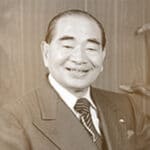
The pressure of the hands causes the springs of life to flow.
Eventually, after enough of his treatments, his mother was cured of her arthritis. His reputation as a healer grew and he began to utilize his style of treatment on others in the village for more types of ailments. He studied anma officially and combined it with his own methods to create shiatsu, a word which he allegedly saw written in a magazine.
His deeper studies of anatomy and Western medicine techniques helped him legitimize what he was discovering empirically and this also helped him refine his methods. Before founding his clinic in 1940, his renown as a healer was so great that his abnormally large thumbs were actually insured.
Shiatsu was officially recognized as a licensed therapy type by the Japanese government in 1955. One of the big turning points for the popularization of the method was when Tokujiro was hired to treat Marilyn Monroe in 1954. Through a few of his students, the practice was spread worldwide.
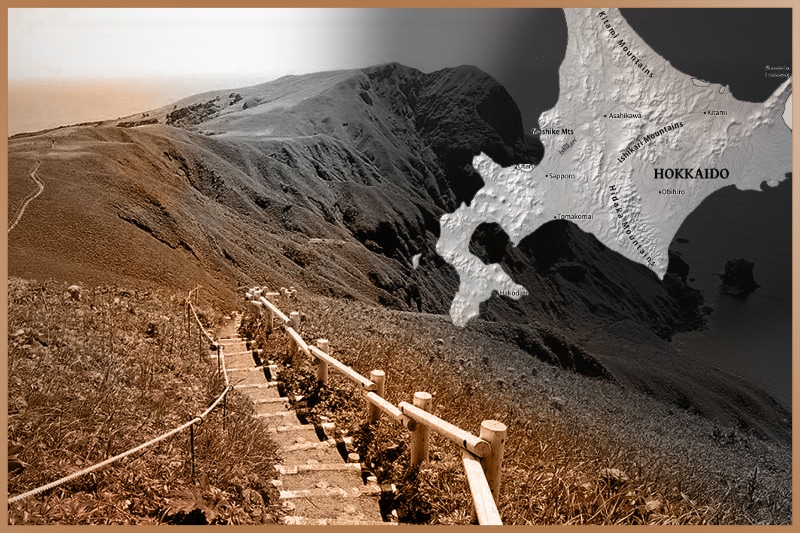
Shiatsu and The Body’s Energy System
Though shiatsu is viewed by many as merely another form of massage therapy, true practitioners believe its power has a strong philosophical basis. Generally, it is an offshoot of traditional Chinese medicine practices and is closely related to acupressure.
According to the theory, our body contains a transport network for a vital energy called qi / chi or ki that flows through all living things. The energy flows through pathways called meridians and these meridians meet at different nodes that are commonly known as acupoints or vital points. By stimulating these places, a healer is able to encourage healing within the patient’s body.
In acupuncture a needle is used, but in shiatsu (and also acupressure) fingers, thumbs, and even more blunt parts of the body such as elbows or knees are used to stimulate these acupoints.
See How to Measure Shiatsu Energy with a simple device.
Often, the therapist will use stretches and kneading motions as well, like in many other forms of massage. This is done while a patient is wearing light clothing without the use of oil. At its simplest application, it can be used to help maintain a constant and healthy energy flow in the body and relieve stress.
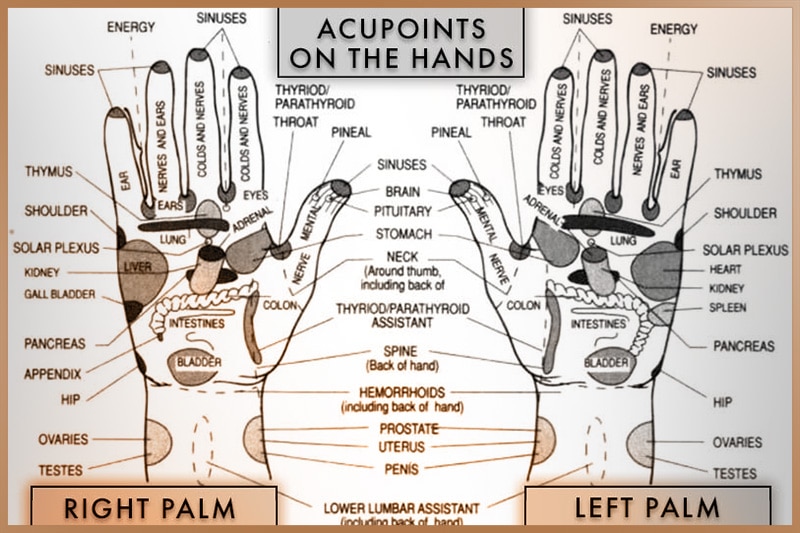
Practitioners believe that an imbalance or blockage of energy can manifest itself in a variety of ways, namely physical ailments. These can include muscle soreness, recurring headaches, high frequencies of colds, and digestive troubles. Therefore many people use shiatsu to treat a handful of conditions.
The most common ailments are pain troubles such as headache or neck and back pain, muscle stiffness, respiratory troubles such as asthma and cold symptoms, insomnia, anxiety and stress related problems, and also to relieve nausea.
What to Expect During a Shiatsu Session
When one has their first shiatsu session, the therapist will do an analysis of their body and energy flows. This is done by administering massage and feeling for places of tension, which can be seen as a sign of blocked energy. It is not a “one size fits all” type of therapy.
The healer will design a specific massage plan based upon the particular needs of the client and will often encourage regular visits to help maintain a balanced energy system. One session a month should be enough for most people, but various factors such as a stressful job, family situation, or general poor health can necessitate more frequent treatment. It is not uncommon for practitioners to recommend lifestyle changes such as a better diet, an increased focus on relaxation techniques, posture work, and exercise plans to encourage a holistic approach to healing.
Keep in mind that in many cases shiatsu is just one of a large number of styles a massage therapist has at their disposal.
Is Shiatsu Effective?
One barrier to any deep analysis of shiatsu’s efficacy is that there seems to be relatively few English-language studies on it. It is often lumped together with other related treatments such as acupressure, acupuncture, and massage in general, so direct research on shiatsu itself can be lacking.
It has been deeply studied for years in Japan and unfortunately, much of this research has not been published in English. Most current meta analyses on Pubmed only focus on studies published in the West. Hopefully, a combination of the worldwide research can help give a deeper understanding of its effects.
The Benefits of Shiatsu Massage
Shiatsu has been found to help relieve lower back pain and the anxiety caused by it. Another study showed that shiatsu may have some positive effects on schizophrenia sufferers. However, this study lacked a control group, so it is difficult to truly verify that there were not other variables at play.
A 2011 meta study by Robinson et.al. found that shiatsu studies have been generally pretty low in both quality and quantity, thus more evidence would be needed to make any bold conclusions. This meta review included the results from the aforementioned pain and schizophrenia studies. However, the researchers recognized the general similarities between shiatsu and acupressure and therefore concluded that there is a possibility that the findings of acupressure studies can be applied to shiatsu.
The researchers accept acupressure as having a proven effect on reducing many types of pain including headaches, back pain, and neck pain. There seems to be some positive effects on menstrual cramps and labor pain as well. Acupressure has also been shown to possibly help with nausea, inducing sleep in the elderly who are institutionalized, and improving alertness in the classroom.
Some of the observations made by shiatsu massage therapists in their treatments are supported by recent studies. For example, a 2022 study examining the benefits of shiatsu for traumatized children found improvements in internal tension, sleep, attention, social interaction, verbalization of emotions and traumatic experiences, and perception of one’s own body boundaries.
In addition, a study published in 2023 looked at how shiatsu affected the quality of sleep in people with persistent low back pain. Participants’ Pittsburgh Sleep Quality Index scores improved overall, suggesting that shiatsu can improve sleep quality in addition to conventional therapy.
Shiatsu in general “creates a very relaxing parasympathetic response, the catalyst for the body to heal itself,” says Shirley Scranta, director of the International School of Shiatsu. “Shiatsu can have long-lasting effects – hours, days or weeks.” Shiatsu allows clients to benefit from massage in a more comprehensive way. In a holistic way, the body, mind and spirit are all affected by the health benefits of shiatsu.
Start measuring today
The Egely Wheel is trusted by thousands of people who practice yoga, telekinesis, meditation and healing. This device is the best solution for measuring your energy flow and efficiency of healing, and you get instant feedback.
Some have claimed that shiatsu can be used as a supplemental treatment for cancer because it can help improve one’s mood and appetite and possibly reduce pain, anxiety, and nausea. It may also help induce sleep. Despite the claims, some researchers concluded that it has little effectiveness as a cancer treatment, though it may help patients relax and improve quality of sleep.
In general, people who have used shiatsu in the past seem to get a greater self-reported effect from it than those new to it. People have reported that after a session they felt much more balanced and relaxed, which fits with the claims made by practitioners. However, this was not taken from a blind study using a control, so bias can be involved. Many in Long’s 2008 cross-country study admitted that over the long term, they felt a particular reduction in the symptoms they sought treatment for. The vast majority were pleased with their treatment.
For the most part, shiatsu is considered safe. Some have mentioned that it can dredge up negative emotions and some may experience some physical discomfort. These may be just transitional effects until the patient gets accustomed to the treatment.
Do Shiatsu Techniques Affect our Vital Energies?
Despite some positive effects shown by the use of shiatsu, the scientific community is sceptical about the philosophies that stand behind it. There seems to be little concrete evidence of qi / chi or ki or any other vital energy that surrounds living things. Some believers have argued that there has been some proof that this force may be electromagnetic radiation. There is some suggestion that by combining these massage techniques with the philosophy of Chinese traditional medicine may increase its efficacy, at least as a placebo because it gives the treatment a deeper “meaning response”.
Like all other forms of massage, it has been shown to promote relaxation. Numerous studies have shown the benefits of being in a relaxed state. This helps reduce stress. There is a marked connection between cortisol levels and adverse health effects.
At the moment, it remains an underexplored method of healing in itself, at least in the West. Hopefully, as more studies are conducted and the results of the Japanese studies are analysed in concert with European studies, we will be able to get a clearer picture on the specific health benefits shiatsu may offer.
11 Sources +
Egely Wheel has strict sourcing guidelines and relies on peer-reviewed studies, academic research institutions, and medical associations. We avoid using tertiary references.
- The evidence for Shiatsu: a systematic review of Shiatsu and acupressure – https://pubmed.ncbi.nlm.nih.gov/
- Bioenergetic Fields – http://www.colorado.edu/
- Shiatsu – https://www.cancerresearchuk.org/
- Obituary: Tokujiro Namikoshi – https://www.japantimes.co.jp/
- A Shiatsu Story – https://www.massagetherapy.com/
- The effects of shiatsu: findings from a two-country exploratory study – https://pubmed.ncbi.nlm.nih.gov/
- How Stress Affects the Immune System – https://www.psychologytoday.com/
- Deconstructing the Placebo Effect and Finding the Meaning Response – https://www.researchgate.net/
- Shiatsu – https://www.takingcharge.csh.umn.edu/
- Massage Therapy Styles and Health Benefits – https://www.webmd.com/
- Slow Down With Shiatsu – https://www.amtamassage.org/
Updated: July 23, 2024. – This article was originally published on February 1, 2021.
Discover more types of Healing
-
Bioenergetics: What Is Behind Wilhelm Reich’s Theory?
Bioenergetics is a therapeutic healing method developed by Wilhelm Reich. It is based upon the belief that the body and mind are intricately connected. Learn more...
-
Chakra Healing: Everything You Need to Know
Chakra healing is a holistic method of healing that uses a wide variety of methods to promote health in our physical, mental, energy, and spiritual bodies. Learn more...
-
Crystal Healing: How It Works and Some Practical Tips
Crystal healing is the use of minerals to heal our body’s physical, emotional, and spiritual ailments. Different crystals have different effects. Learn more...


